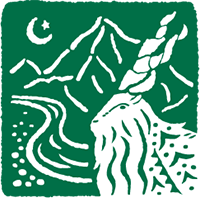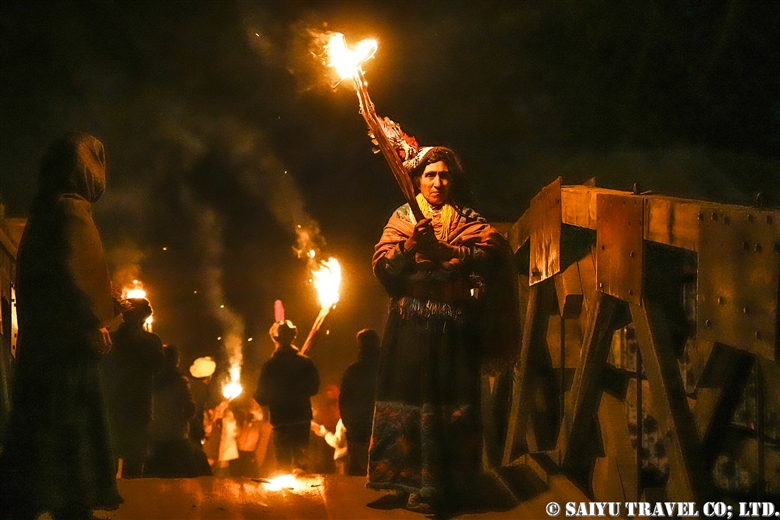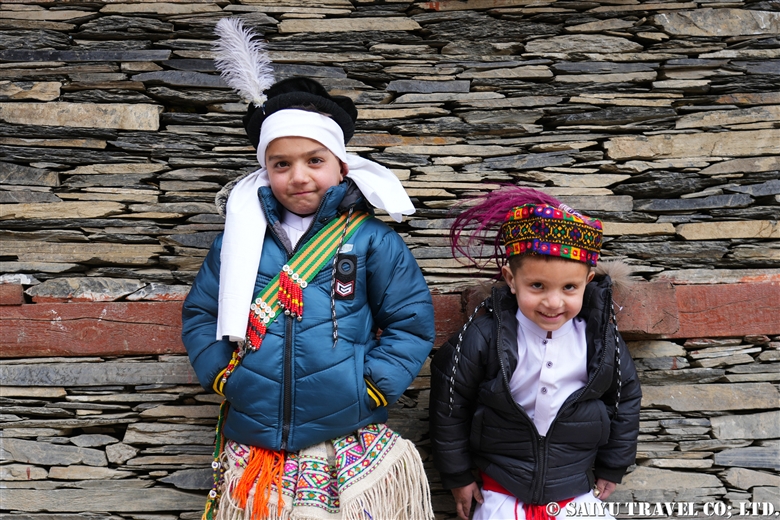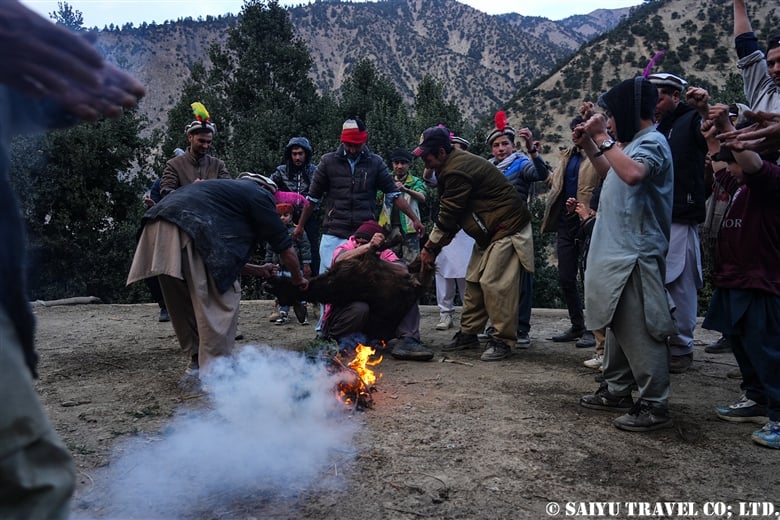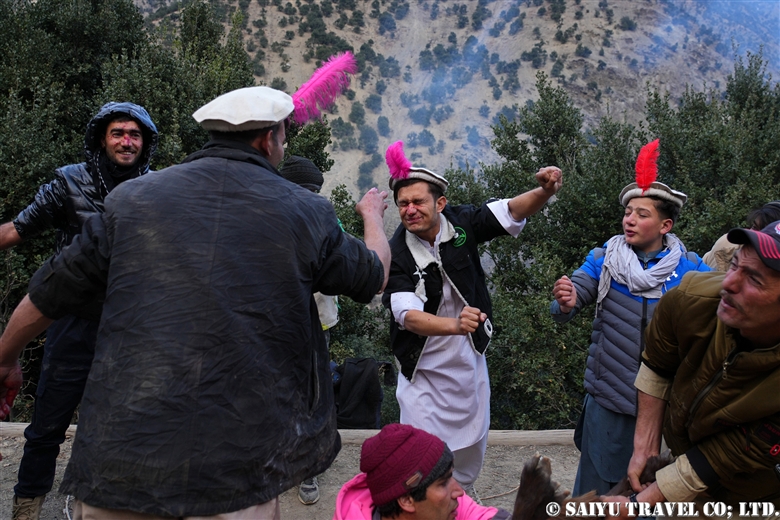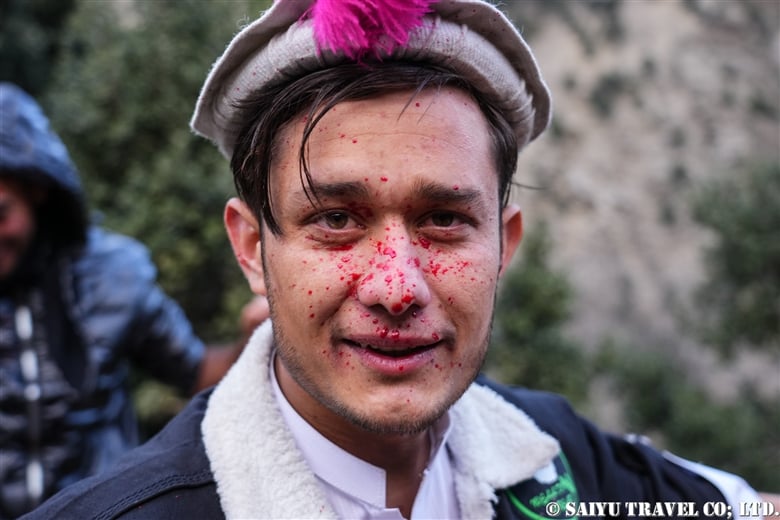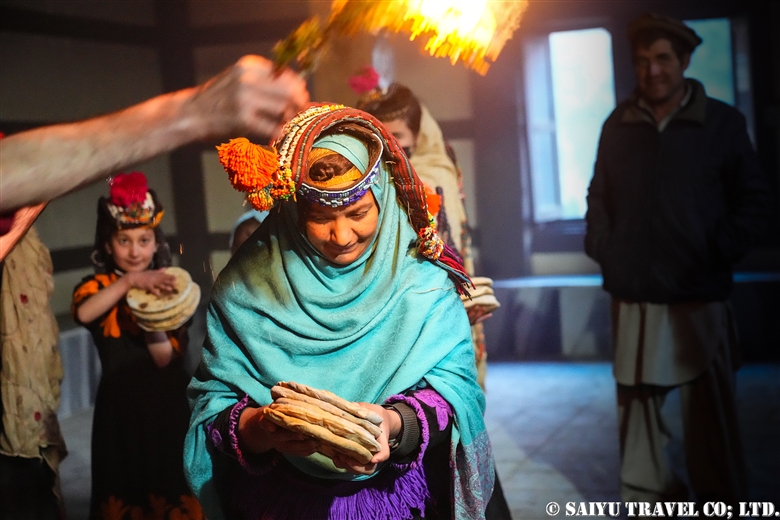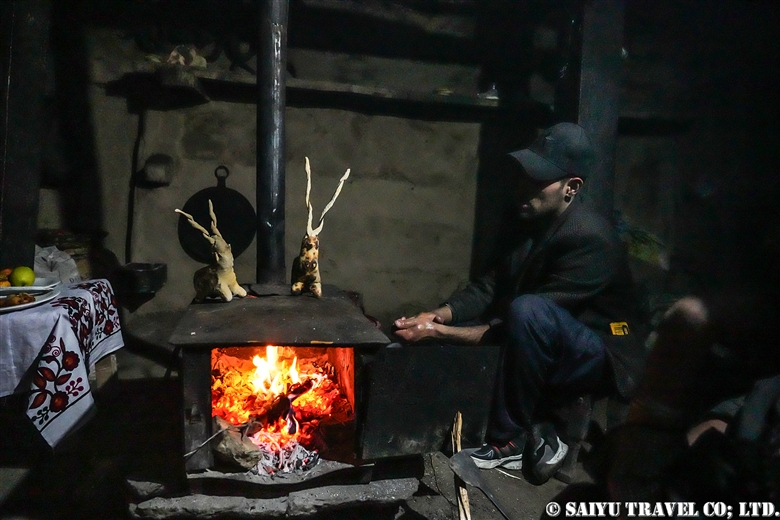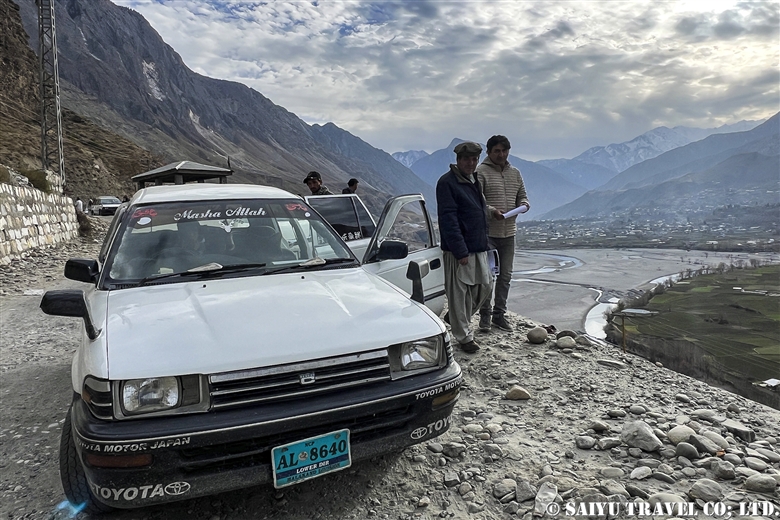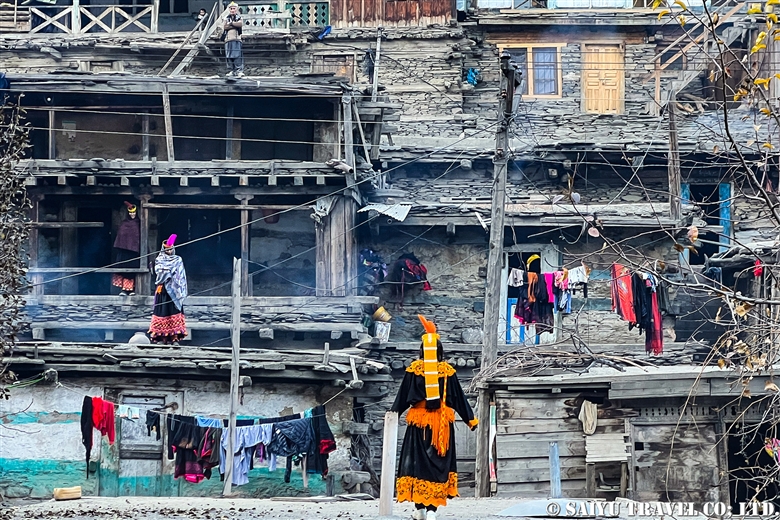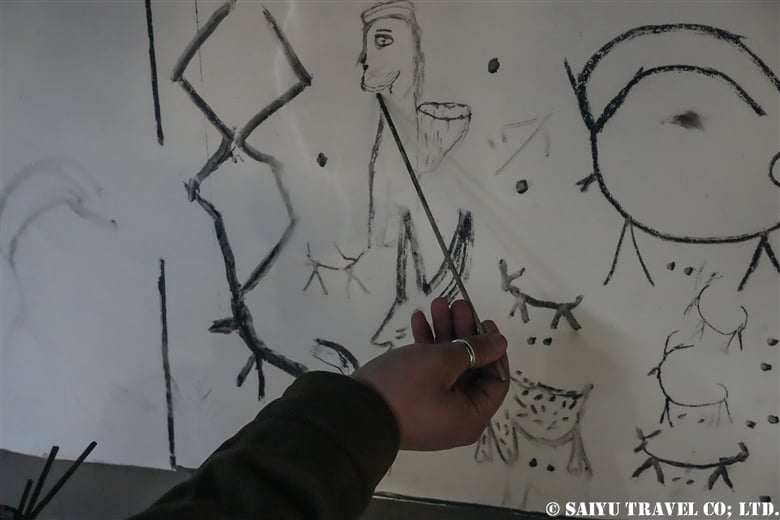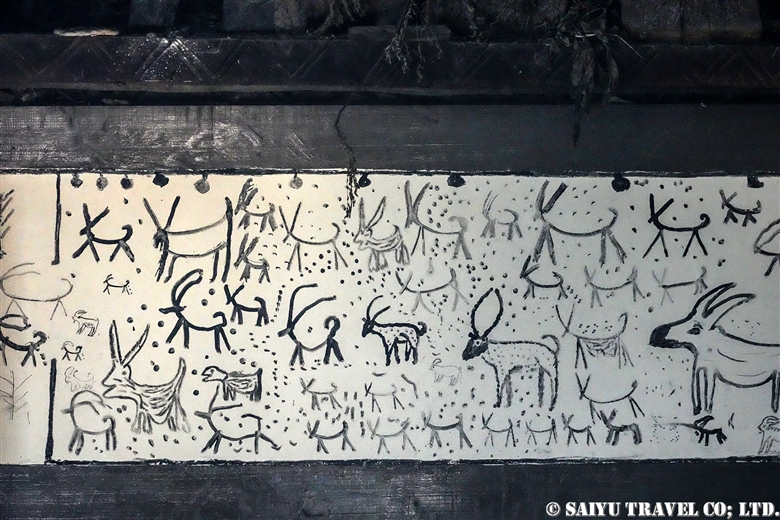Chanja Rat is the day of the big bonfire to bid farewell to Balimain, and it can be considered the climax of the Chawmos Festival. Even people from other villages come to take part in the Tchattai ceremony from early morning.




Tali Histik – Pray for the prosperity
Tali Histik is a ritual where people pray for the prosperity of the Kalash and for the birth of more boys. A willow tree branch—of which said tree luckily has many—is prepared for each male member of the family. It is said that the many small branches give the image of a family with many children. If there are 10 men in a given family, an additional branch is added to make a total of 11, at which point the male representative of the family throws the whole bundle. Among the number of men counted are the boys who just completed their passage rites the day before.





In the square, people chat and the Chawmos songs and dances continue. In the afternoon, they take a short break in preparation for the evening’s torches and bonfire.
Chanja Rat – The big bonfire to bid farewell to Balimain
Finally, the climax of the Chawmos Festival, the great bonfire to bid farewell to Balemain, takes place. The actual experience of the chanja rat was truly a “ceremony of fire”, both fantastic and full of vitality.











Witnessing Chanja Rat that night proved to be a dreamlike experience for me. Seeing the Chawmos festival for yourself is a wonderful opportunity to deepen your understanding of Kalash traditions and faith.
Text: Mariko SAWADA
Photo: Mariko SAWADA & Jamil
Visit: Dec 2024, Kalash Valley – Khyber Pakhtunkhwa
*The information presented here is based on interviews with people in the area. Please note that the descriptions and explanations of the rituals may differ depending on the source.
*Chawmos Festival – Kutram: The Kalash Rituals Still Alive to This Day
*Chawmos Festival – Shishao Adu: The Kalash Rituals Still Alive to This Day
*Chawmos Festival – Pushao Adu: The Kalash Rituals Still Alive to This Day
*Chawmos Festival – Chanja Rat: The Kalash Rituals Still Alive to This Day
*The Joshi Spring Festival: A Kalash Ritual
*Contact us, Indus Caravan for more information or to make arrangements for visiting Kalash valley.
*Please follow us on Youtube, Instagram & Facebook
Category : - Kalash Valley > ◆Khyber Pakhtunkhwa
Tag : Bomboret village , Chawmos festival , Kalasha , Bumburet Village , Shishao , Khyber Pakhtunkhwa , Pakistan Travels , Shisao Adu , Pakistan Blog , Pakistan Travel company , Shishao Suchek , Pakistan Travel Blog , Pakistan tour operator , Rumbur , Pakistan Photography Tour , Bumburet , Ayun , Indus Caravan , Bumburet valley , Chitral , Rumbur valley , Kafiristan , PakistanBlog , Chawmos , Kalash , Kalasha Valleys , Chaumos , Kalash valley
